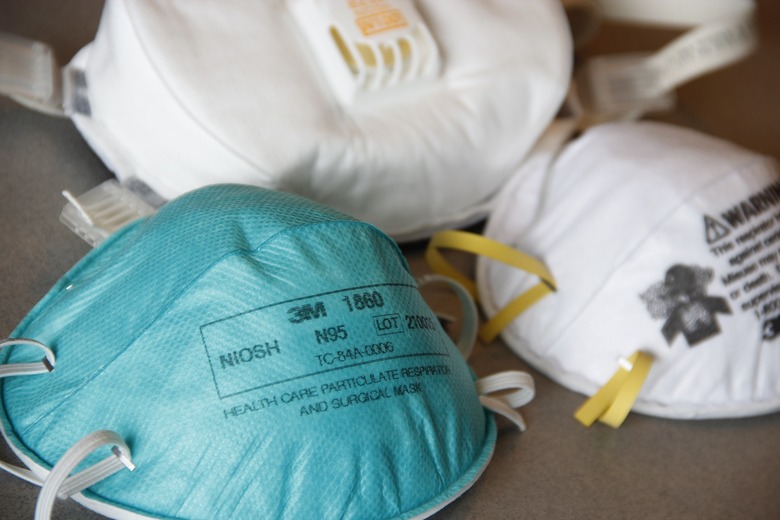New mask standards could add COVID-19 reassurance beyond N95 and KN95
The CDC and FDA may have made recommendations for face masks during the COVID-19 pandemic, but America's first official standard could make shopping for masks and face coverings more straightforward. Despite the ongoing pandemic, and plenty of different types of mask – both single-use and reusable – on the market, there's actually no single US standard by which consumer masks are judged.
That's led to confusion in the past year, as experts recommend wearing at least one mask while in public to help minimize the spread of the coronavirus. Initially, a simple face covering was believed to be effective and beneficial; more recently, the idea of having at least three barrier layers, and even double-masking for complete security has been raised.
Some mask types – commonly N95 and KN95, though others are available – have led to broader assumptions about guarantees of quality. N95 masks comply to the US certification levels for respirator masks, while KN95 masks adhere to Chinese standards. Both promise at least 95-percent filtration of 0.3 micron particles. The differences typically come down to fit and leakage – which KN95 masks are tested on, but N95 are not – along with pressure drop while inhaling and exhaling, which N95 masks are tested on but KN95 are not.
While that's useful, there's a whole world of face coverings which aren't N95 or similar. Homemade masks sold on Etsy and elsewhere, "non-surgical" masks intended to be disposable, and washable fabric masks have become commonplace, as companies and individuals attempt to satisfy the spike in demand. That, however, hasn't been matched by any sort of standardized testing.

Now, technical standards organization ASTM International along with the National Personal Protective Technology Laboratory are developing "minimum design, performance (testing), labeling, user instruction, reporting and classification, and conformity assessment requirements for barrier face coverings" by which US masks could be judged. The goal, CNN reports, is to put together the specific requirements by which mask performance can be judged, so as to give consumers are better insight into overall effectiveness.
Currently in draft status, the standard would cover both single- and multi-use masks. They would aim to create "a level playing field for demonstration of product claims and avoid the general confusion related to barrier face covering effectiveness," a draft suggests.
Some of the elements of the proposed standard are fairly commonsense. Vents or valves, for example, which can allow unfiltered air in or out of a mask, would not be permitted. Accredited labs would be responsible for doing the testing, rather than self-certification. Masks would need to prove they could block 0.3 micron particles, as is the case for N95 masks, though the levels of blockage would be different.
In fact, ASTM envisages two benchmarks for that, which would be labeled as Level 1 and Level 2. Level 1 would require just 20-percent filtration, but allow for more breathability while wearing the mask. Level 2 would require at least 50-percent filtration, but the masks would be somewhat harder to breathe through. It's worth noting that, even at 95-percent, N95 and KN95 masks are still breathable for all but those with significant medical conditions like chronic lung disease.
In addition to labeling, however, there would also be mandatory documentation that mask-makers would need to include. That would encompass things like getting the right size, the correct fit to avoid leakage, and the cleaning protocol for reusable masks.
The proposed standards still require approval, and could be subject to change. One possibility is that another level could be introduced, potentially slotting in-between ASTM's Level 2 performance and that of N95 masks. It could offer a roughly 80-percent filtration guarantee, some have suggested, providing a further option of balancing safety and long-term wear comfort.
